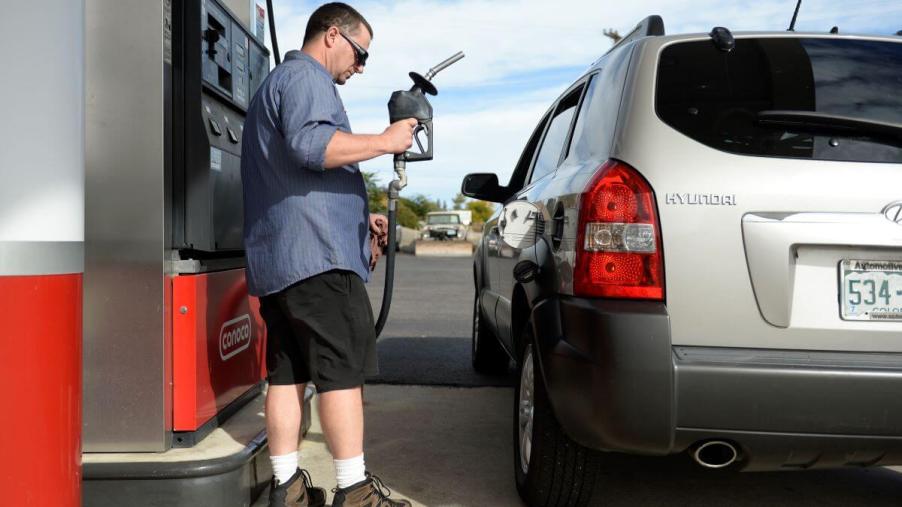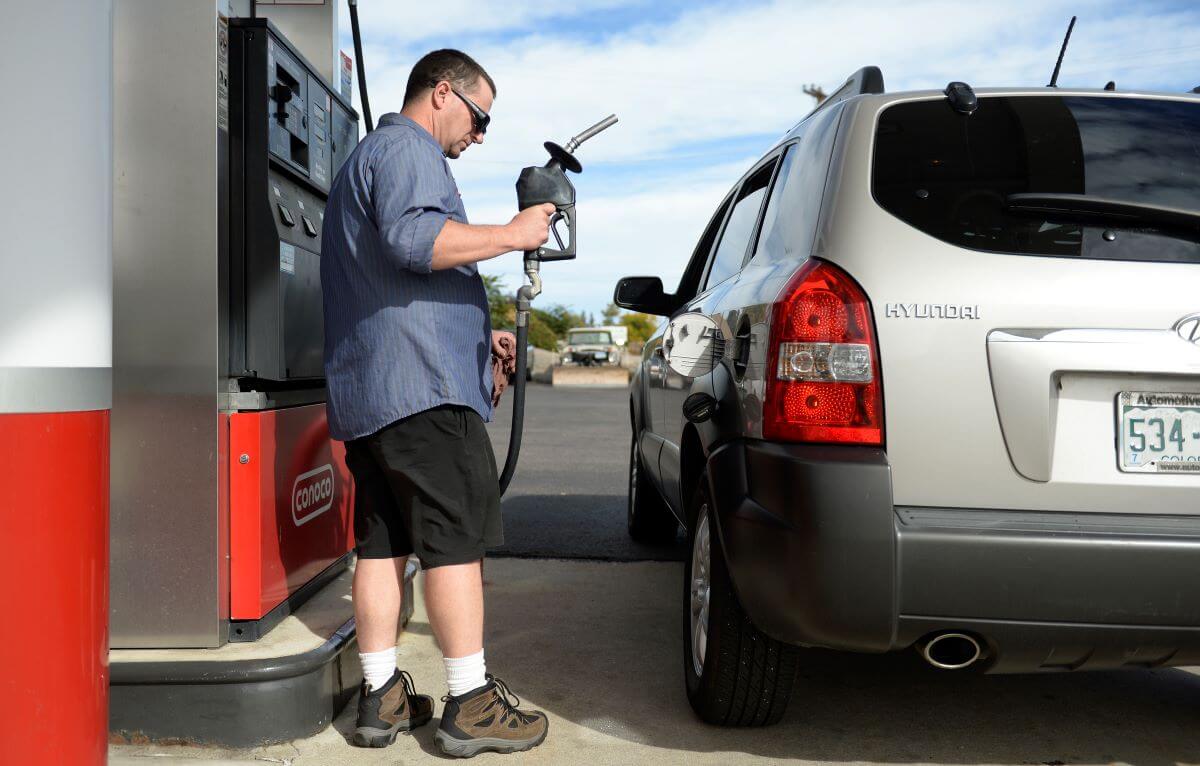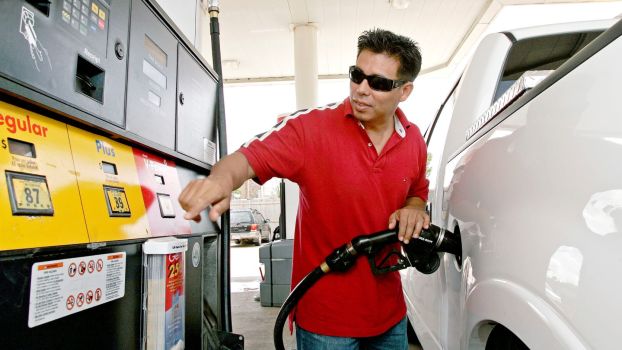
What Is No-Ethanol or ‘Pure’ Gasoline?
If you’ve ever pulled into a gas station, you’ve probably seen the option of ethanol gas. Most U.S. fuel stations offer a mixture of gasoline and ethanol for reduced cost, environmental benefits, and more. However, there is still an option of no ethanol or ethanol-free gas available as well. Let’s examine what this option means, how it differs from other fuel types, and its pros and cons.
First, what is ethanol gasoline?

Ethanol gas is a blend of gasoline and ethanol that the EPA has approved for use in most cars. The most common mix is E10 (10% ethanol), though some states may offer different combinations, such as E15 (15% ethanol). Ethanol helps reduce emissions from engine exhausts, resulting in fewer pollutants released into the atmosphere. It also increases octane levels in fuel, which can improve engine performance.
What is no-ethanol or ethanol-free gas?
No-ethanol or ethanol-free gas does not contain any ethanol. Instead, it consists almost entirely of conventional gasoline with no additives. This type of gasoline was initially developed for small engines like those found in lawnmowers and snowblowers. However, it has since become popular among car owners due to some advantages over regular fuel with added ethanol.
Pros and cons of no-ethanol gas
No-ethanol gas has several advantages over regular fuel with added ethanol:
- It doesn’t absorb water from the air.
- It has a longer shelf life.
- It provides better engine performance.
- It allows for improved fuel economy.
- It’s better for power equipment that would be damaged using regular fuel with added ethanol.
On the other hand, no-ethanol gas is usually more expensive than regular fuel with added ethanol and happens to be worse for the environment. Additionally, many newer engines are not designed to run on no-ethanol fuels. According to the Maritime Herald, “Newer engines focus on reducing stress on engines that require high octane levels.”
How to find and differentiate ethanol and no-ethanol gas
Finding no-ethanol or no-additive gasoline isn’t always easy—it may require some research on your part. Luckily, there are plenty of resources available that can help you out. For starters, you’ll want to check out websites such as Pure-Gas that list all nearby locations where you can buy no–additive gasoline near you (or even nationwide). Additionally, some companies offer “Top Tier Detergent Fuel” labels on their pumps so that customers know they’re getting high–quality detergent gasoline without any additional additives or impurities mixed in. With these resources at your fingertips, finding non–additive/no–ethanol gasoline options should be relatively easy!
Should I use no-ethanol gas?
The choice is up to you. It’s clear why people opt for this type of gas more often – including its ability to provide better engine performance and increased shelf life over traditional “with additive” fuels. All things considered, while these options are pricier than regular fuels – when used correctly – no ethanol or ethanol-free fuels have more advantages than disadvantages overall. Just ensure your vehicle is compatible with no-ethanol gas before pumping it into the gas tank.




